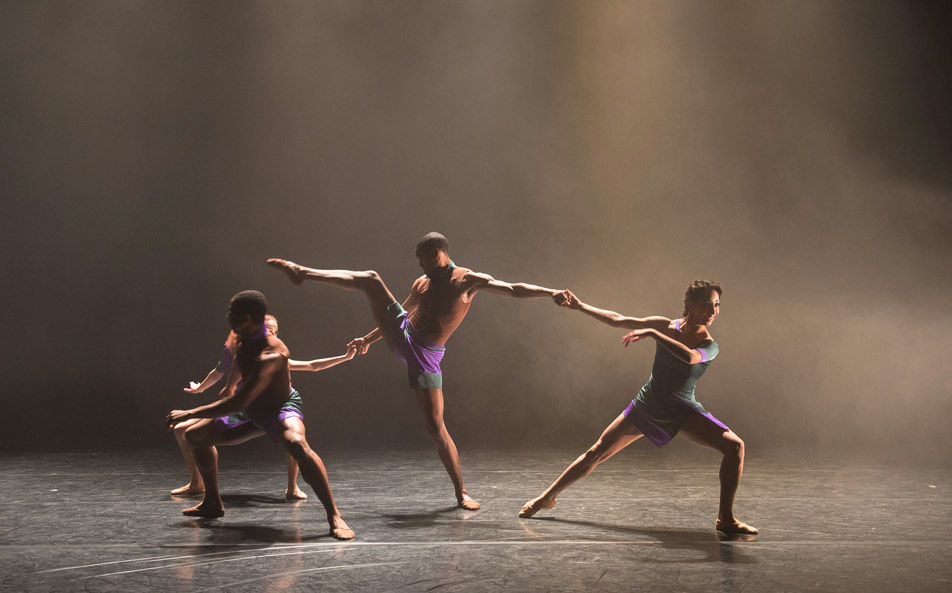The name of Ballet Black rather gives the game away. While not entirely a company of black dancers, there are not any white Anglo-Saxon performers either. Their stated aim is to “bring ballet to a more culturally diverse audience by celebrating black and Asian dancers in ballet” with an ultimate goal of seeing “a fundamental change in the number of black and Asian dancers in mainstream ballet companies, making Ballet Black wonderfully unnecessary.” The concept is not new; Dance Theatre of Haarlem has been around for nearly fifty years but is specifically a black, location based dance company rather than just a “non-white” company. I’d hate to imagine the ramifications if someone started a dance company which specifically excluded black or non-white dancers. But we are getting distracted.
Ballet Black was at the Everyman Theatre, Cheltenham on Tuesday for one-night-only performing a programme of three short pieces followed by the ensemble piece, War Letters.
I think simplicity was the key word to the evening. Everything was performed on a large, bare stage surrounded by black drapes and it was left to the often beautiful lighting to create the changes of mood and emphasis. Egal was a pas de deux by Robert Binet danced to a very fine piece of music I had never heard before, Godot by Bertelmann and Hahn. Music is obviously one of the most important factors in dance so the choice for The One Played Twice was curious. The four dancers performed to a barber-shop quartet (or small acapella male-voice choir) singing Hawaiian songs – some modern, some traditional. An odd choice but I quite liked it as it was rather cheeky and amusing. Of the short pieces in the first half I think I enjoyed another two hander, Dopomine (You make my levels go silly), the best. Choreographed by Ludovic Ondiviela it was to another fabulous piece of music I had not heard before – Perpetuum by Fabio D’andrea. In fact I liked it so much I have just downloaded the MP3.
The second half was dedicated to War Letters, an ensemble piece for eight dancers. Divided up into five segments each depicting different aspects of separation and loss, the mood swung from sadness and despair with the melancholic and dramatic music of Shostakovich to up-beat escapism with Glenn Miller’s big band dance tunes. The men were dressed as soldiers (GIs?) while the girls wore 1940’s pretty flowered frocks. Some of the sequences were very moving; I particularly like the bit with the exchange of coats which finally became shrouds.
I love modern ballet and I enjoyed Ballet Black. It would be hard to pick out any individual dancer as they were all very good and it would be hard to find fault with any of the pieces. It was all very competent and nicely done but to me it rather lacked the wow factor.
Michael Hasted


